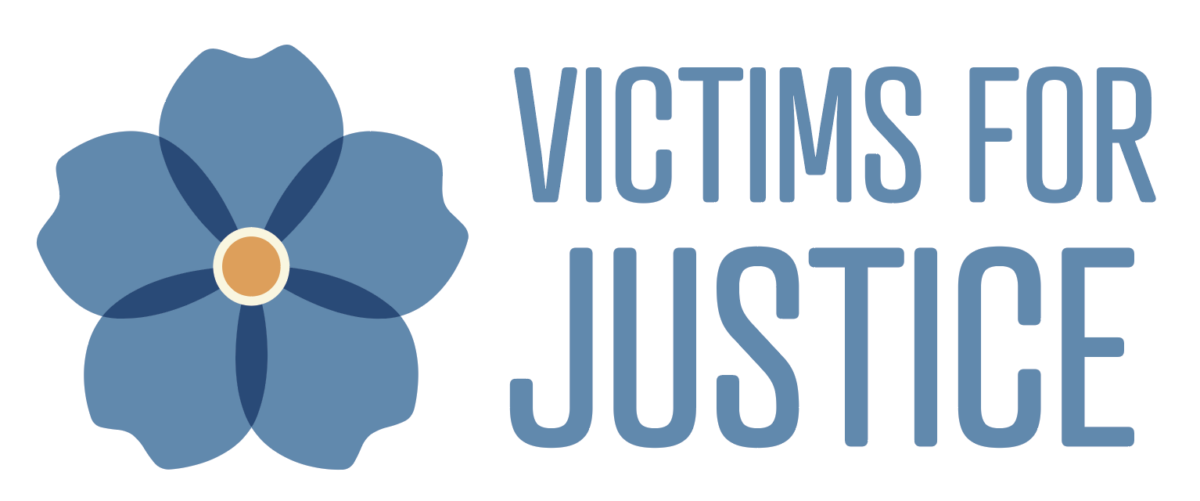The Community Relations Service (CRS) is a conciliation service with the U.S Department of Justice available to State and local officials to help resolve and prevent racial and ethnic conflict, violence and civil disorder. When governors, mayors, police chiefs, school superintendents and community organizations need help to defuse racial or ethnic crises, they turn to CRS.
It is important to mention that CRS is a third party which provides services upon request and that CRS does not have law enforcement authority and does not impose solutions, investigate or prosecutes cases, or assign blame or fault. CRS conciliators are required by law to conduct activities in confidence and are prohibited from disclosing confidential information.
CRS has helped schools to build strategies to improve lines of communication, establish programs to eliminate racial and ethnic misconceptions, and develop plans to prevent conflict and improve intergroup relations among students, faculty, staff, parents and community groups.
More than 15 years ago, a CRS conciliator recognized the value of student problem solving for racial issues and created the SPIRIT program. Since then, CRS has applied the principles of mediation, problem solving, and full engagement of the school community, to help improve the racial climate of schools. SPIRIT brings students, administrators, teachers, and parents together to identify issues, develop solutions, and take action on conflicts within their schools.
CRS was invited to facilitate the Student Problem Identification and Resolution of Issues Together (SPIRIT) program at South Anchorage High School. Approximately 85 students from diverse backgrounds were invited to be a part of the two half-day duration of the program along with 10 facilitators (former teachers, non-profit employees, members of the community, VFJ staff member).
You might be wondering what the benefits of this program are. One of the biggest things the SPIRIT Program helps students realize, is they have the power to identify and solve problems. Not only do they realize that amongst their diverse backgrounds they may face different issues, but they discover commonalities.
Day 1 of the SPIRIT Program: Students met with facilitators in separate homogeneous breakout groups to name issues and elect representatives from each group to be on the SPIRIT Student Advisory Team. This is a very big moment for students, as they have to have uncomfortable conversations about tensions in the school. In the second half of the day, all students listen to reports on issues from each group and vote on priority issues. This is where they have their “aha” moment and realize they have many commonalities and care for similar causes.
Day 2 of the SPIRIT Program: Students were presented with the voting results and then proceeded to meet in heterogeneous breakout groups and brainstorm on solutions. This is the part where students can be proactive and engage in problem solving. At the end of the day 2, all students report (staff may be present for support) on solutions and the SPIRIT Student Advisory Team is introduced.
If you are interested in the SPIRIT Program being conducted in your school, here are some of the prerequisites:
• The school staff must be willing to identify natural student leaders who will participate in the program for one half day for two consecutive days.
• The principal must agree to meet with the SPIRIT council on its work plan at least on a monthly basis.
• The faculty should be open to the SPIRIT program and the development of a student work plan. (CRS will brief the faculty before conducting the program).
• The school must identify and make available facilitators to assist in conducting the program.
• The program should be conducted “ideally” no later than February in the school year.
Call (202) 305-2935.
Community Relations Service, DOJ, https://www.justice.gov/crs/our-work/facilitation/school-spirit

Recent Comments